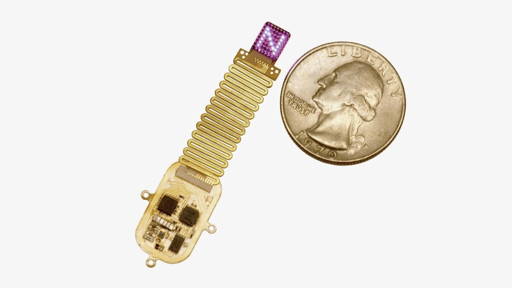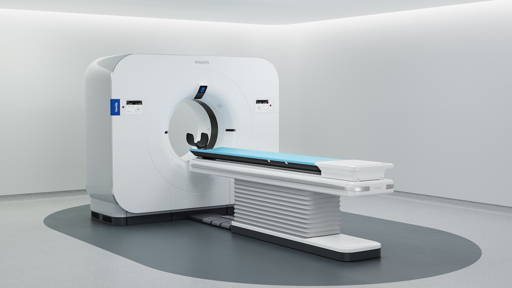A new clinical trial led by the Parkinson’s Wellness Innovation Center in Canada has shown that light therapy can significantly improve both motor and non-motor symptoms in people living with Parkinson’s disease, particularly when combined with exercise. The 72-week randomized controlled trial (RCT) was conducted using light therapy devices developed by the Australian MedTech company SYMBYX.
The study involved 59 participants with moderate Parkinson’s disease and compared two groups: one receiving active light therapy directed at the gut and brain (via a transcranial helmet), and another receiving a placebo treatment. Both groups participated in a structured exercise program.
Promising results
After 16 weeks, both groups showed improvements, likely due to a short-term placebo effect. However, during the third, open-label stage of the study, which lasted nearly 30 weeks, participants who continued light therapy showed sustained and even greater benefits than those who stopped treatment.
Key results included:
- Mobility: A 14% improvement in “Timed Up and Go” test scores among those continuing treatment, compared with a 5% decline in those who stopped.
- Disease progression (MDS-UPDRS total): A 20% improvement (12-point decrease) in the treatment group, compared to 11% (7-point decrease) in the control group.
- Daily activities and motor function: Participants who continued therapy showed a 32% improvement in daily living scores and 19% in motor function.
- Anxiety: Anxiety levels improved by 11% in the treatment group but worsened by 6% in those who discontinued.
“These results provide compelling evidence that light therapy can serve as a safe and effective adjunct treatment for Parkinson’s,” said Anita Saltmarche, co-principal investigator. “Participants experienced measurable improvements in mobility, emotional wellbeing, and overall quality of life.” The study was published in the Journal of Clinical Medicine.
Targeting the gut-brain axis
The SYMBYX PDCare laser, used in the trial, delivers light therapy targeting the gut-brain axis, a pathway increasingly recognized for its role in Parkinson’s progression, particularly in “body-first” Parkinson’s, where symptoms originate in the gut before spreading to the brain.
Parkinson’s disease affects over 12 million people worldwide, including 150,000 Australians. The condition is driven by a loss of dopamine, a neurotransmitter that regulates movement, mood, and motivation. “This study shows that a slower, more consistent approach to light therapy delivers the best results. We’re now preparing a larger follow-up study with Newcastle University and The University of Leeds, which will include biomarker analysis to further validate these outcomes”, said Dr. Wayne Markman, CEO of SYMBYX/
Towards new non-invasive therapies
Light therapy, also known as photobiomodulation, is emerging as a promising, non-invasive tool in neurological care. Unlike pharmaceutical treatments, it has no known side effects and can be easily integrated with physiotherapy and exercise programs.
Co-researcher Orla Hares added: “Seeing patients regain confidence, movement, and energy through such a simple therapy is remarkable. It’s a breakthrough that could transform how we support people with Parkinson’s in everyday life.”
With growing evidence and international collaboration, SYMBYX’s light therapy technology could soon reshape Parkinson’s care, offering a safe and accessible solution to improve quality of life and functional independence.
Deep Brain Stimulation
Parkinson’s disease is the world’s fastest-growing neurological disorder, progressively impairing movement and quality of life. While medication helps in early stages, its effectiveness decreases over time, leading to more side effects. For advanced Parkinson’s, Deep Brain Stimulation (DBS) offers an effective alternative. During DBS, electrodes are implanted in overactive brain regions and connected to a neurostimulator that delivers continuous electrical pulses to regulate brain activity.
According to Dr. Saman Vinke of Radboudumc (Netherlands), modern DBS is safer, faster, and more patient-friendly, often performed under general anesthesia. New technologies, such as Boston Scientific’s image-guided systems, now enable personalized, precisely targeted stimulation for optimal outcomes.







